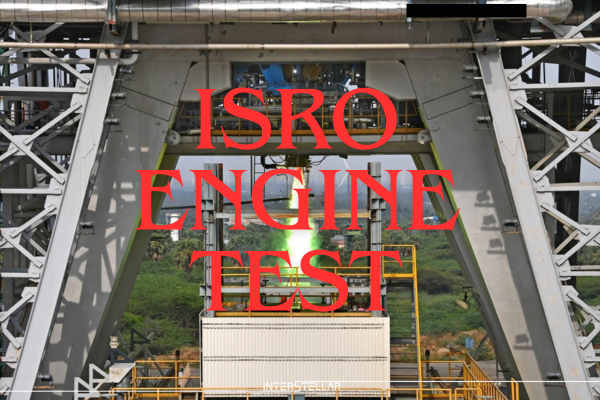With the successful test of the Semi Cryogenic Pre-Burner Ignition Test Article (PITA), the Indian Space Research Organisaton (ISRO) is now a step closer to develop a 2,000 KN engine that will eventually power the Launch Vehicle Mark-3 (LVM3) rocket the mainstay of India’s satellite launch capability. The engine is developed by the space body’s Liquid Propulsion Systems Centre (LPSC), India’s foremost organization for the development of semi-cryogenic propulsion systems in collaboration with other launch vehicle centres of ISRO.
The test was conducted at the recently inaugurated semi cryo integrated engine test facility (SIET) at ISRO Propulsion Complex (IPRC) in Mahendragiri in Odisha. The successful test opens doors for increased payload capacity for the LVM3 rockets and for future satellite launch platforms.
The novel engine system uses a novel ignition system that uses a start fuel ampule that uses a combination of Triethyle Alumnide and Triethyle Boron developed by Vikram Sarabhai Space Centre (VSSC). The ignition process is perhaps the most critical part of the development of a liquid rocket engine system.

After the ignition phase the rocket will use a 2000 kN thrust semi-cryogenic engine that utilises a LOX Kerosene propellant combination. The current post-lift off stages used on the rocket system can now barely touch 1,600 kN thrust.
LVM3, previously known as Geosynchronous Satellite Launch Vehicle Mark III, is a three stage rocket system that had been designed to carry greater payload, primarily communication satellites, to a geostationary orbit. The first launch of the rocket system for a sub-orbital flight was in October 2014, while the first orbital flight was made in June 2017. The platform was used by ISRO to launch both Chandrayaan-2 and Chandrayaan-3. The system can currently carry a 10,000 KG payload to Low Earth Orbit (LEO), but with the introduction of the newer engine it will be able to carry a greater payload.
LVM3 rockets are also key to India’s manned space flight program known as Ganganyaan as it was the launch platform for the Crew Module Atmospheric Re-entry Experiment. The vehicle will also be used for upcoming missions to the moon, Mars and Venus.





